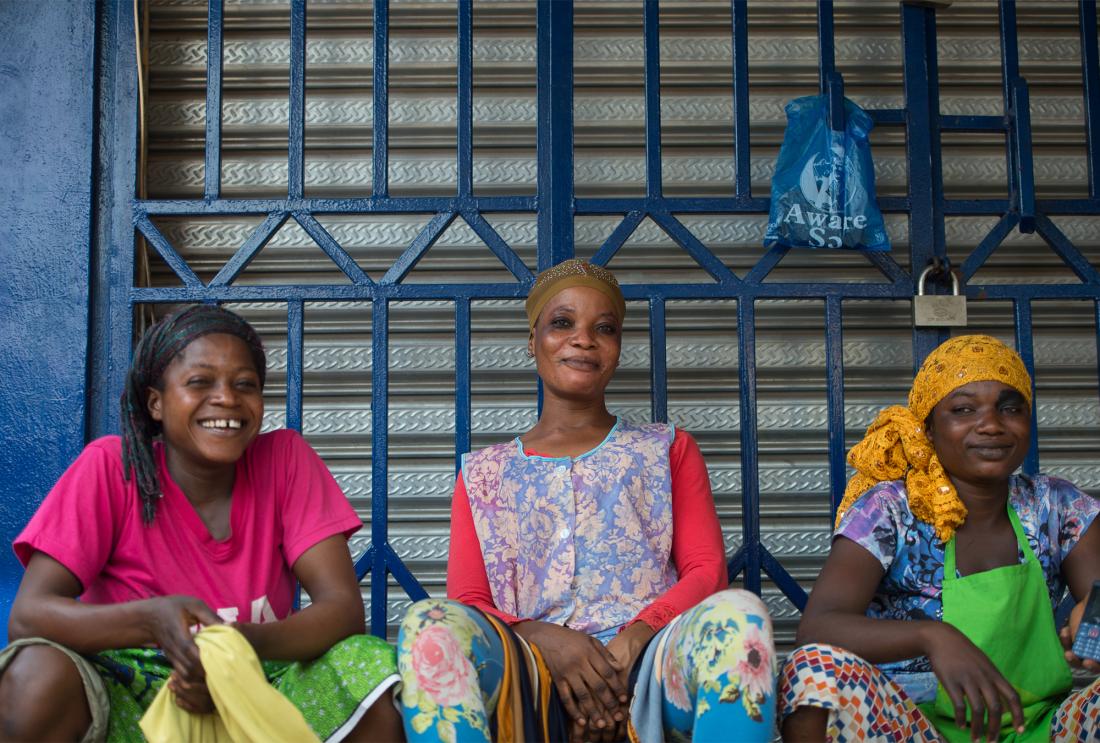Evaluating Village Savings and Loan Associations in Ghana
- Rural population
- Women and girls
- Empowerment
- Women’s/girls’ decision-making
- Savings/deposits
- Credit
- Savings
Policy issue
In the last decade microfinance institutions (MFIs) have provided millions of people with access to financial services, however, access to financial services in rural areas remains a major challenge. Reaching the rural poor can be more costly for MFIs, and as a consequence, few MFIs are willing to operate in rural areas. Traditional community methods of saving, such as the rotating savings and credit associations (ROSCAs), are among the informal saving mechanisms used by the rural poor, however such informal mechanisms earn the savers no interest on their deposits. In addition, ROSCAs do not provide a sufficient means for borrowing, because while each member makes a regular deposit to the common fund, only one lottery-selected member is able to keep the proceeds from each meeting. More research is needed to determine whether informal financial devices like the ROSCA can be adapted to better serve the financial needs of the rural poor.
Village Savings and Loan Associations (VSLAs) attempts to overcome the difficulties of offering credit to the rural poor by building on a ROSCA model to create groups of people who can pool their savings in order to have a source of lending funds. Members who make savings contributions to the pool are also able to borrow from it. As a self-sustainable and self-replicating mechanism, VSLAs have the potential to bring access to more remote areas, but the impact of these groups on access to credit, savings and assets, income, food security, consumption education, and empowerment is not yet known. Moreover, it is not known whether VSLAs will be dominated by wealthier community members, simply shifting the ways in which people borrow rather than providing financial access to new populations.
Context of the evaluation
The Northern region of Ghana is one of the least developed parts of the country. The majority of its residents make their living in agriculture. Services including mail delivery, telephone, and medical clinics are very limited in this sparsely populated part of Ghana.

Details of the intervention
In Ghana, researchers are working to measure the dynamics of self-selection with VSLAs. This study is conducted with 180 communities selected by partner organization, CARE, which identified them as villages in which they could initiate VSLA programs. Ninety villages were randomly selected to receive the VSLA intervention, and the remaining 90 villages serve as the comparison group. Among villages randomly assigned to receive the intervention, a CARE representative met with residents in the village in order to begin the work of forming VSLAs there. Interested participants form groups of 15 to 30 community members, pooling their capital in order to create a fund from which members can borrow. Members pay back loans with interest, and savings also earn interest, with the rates determined by the group at its founding. CARE representatives initiate the formation of new VSLAs, but the long-term goal of the intervention is to provide the community with the capacity to make these groups self-sustaining by providing training in how to initiate and administer new VSLAs in the future.
Two to three years after full implementation, a follow up survey will allow researchers to understand who chooses to participate in VSLAs in Ghana, as well as how their lives may be affected as a result.
Results and policy lessons
Results forthcoming.
